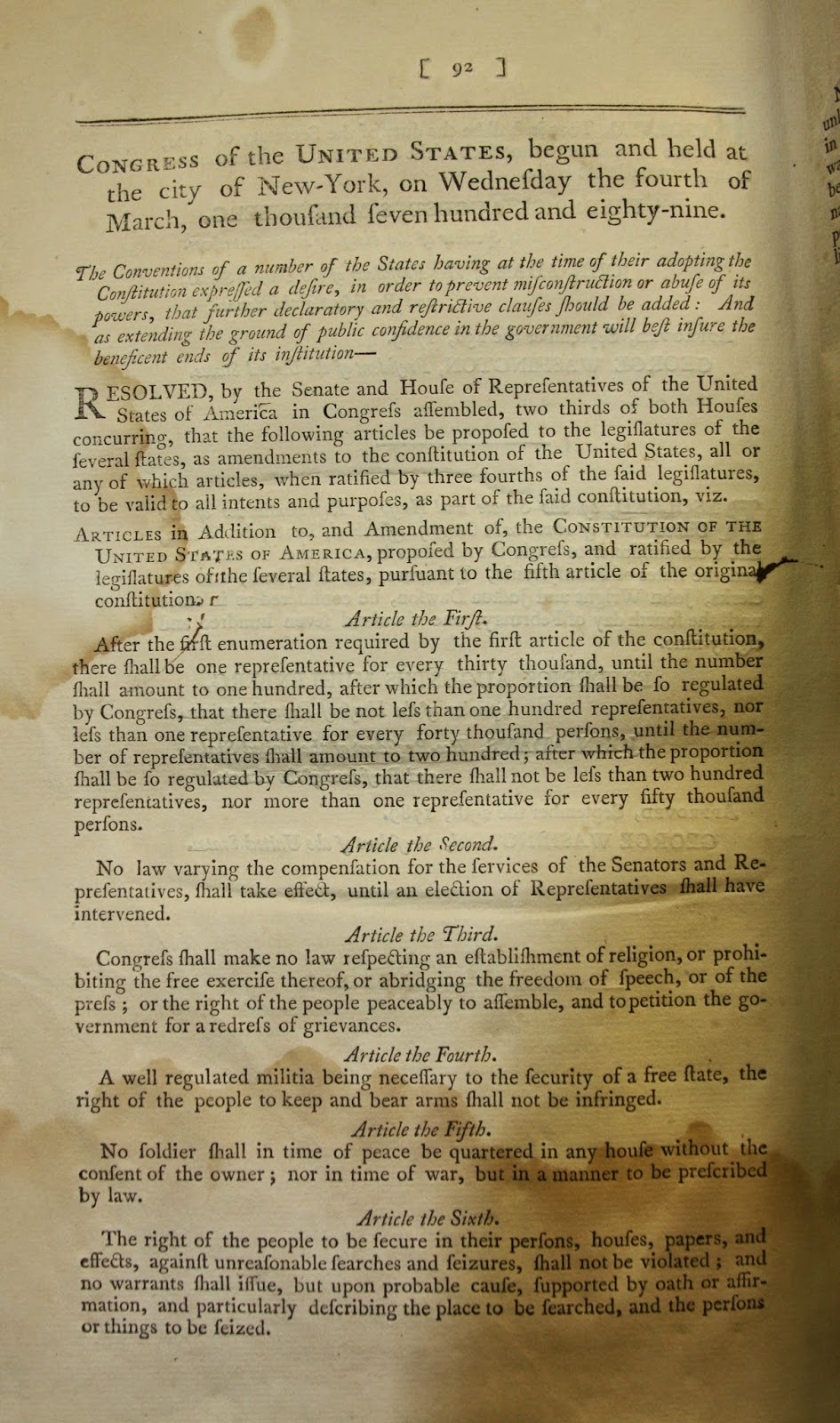 |
| Frontispiece showing Coke, from his Institutes (1642) |
Although Chapter 39 is considered the core of Magna Carta, an often underappreciated part of its story deserves to be highlighted, as we say farewell to the charter and the long evolution of its influence. This is the story of an early textual change that made Magna Carta's key clause what it is.
Among the original chapters or clauses agreed to by King John and his barons at Runnymede in June 1215, was the famous chapter 39 (though it was numbered later), which reads: no free man may be captured, imprisoned or lose his property - or be outlawed, exiled, destroyed or pursued (i.e., like hunted down) - except by the legal judgment of his peers or by the law of the land.
That fierce clause took on a new aspect under King John's successor and young son, Henry III. Henry and his regents altered and reissued the charter: when it was confirmed in 1225, after Henry came of age and faced pressure from his barons, it omitted, combined or restated a number of chapters, including chapter 39. Chapter 39, now chapter 29, featured an interesting change:
"No free man may be captured or imprisoned or lose any freehold or any of his liberties or his free customs," or be outlawed, exiled, etc. The chapter now also included the former chapter 40, that "to no one could right or justice be delayed or denied." The new chapter 29 was enrolled as statutory law in England in 1297 and has been preserved as English law ever since: it is the text we find printed in the Riesenfeld Center's collection of early Magna Cartas and underlined by the likes of Granville Sharp.
With that addition, Chapter 29 could look more like a microcosm of Magna Carta itself, protecting all of one's liberties, as forms of property, against usurpation, abridgement and violation, unless by the judgment of peers or the law of the land.
Magna Carta's famous early modern interpreter and one of the greatest English jurists, Edward Coke (1552-1634), considered Magna Carta a fundamental expression of English common law, which like Magna Carta could stand as a bulwark against abusive royal power. Coke reiterated the (evolved) understanding that Magna Carta's protections extended to all Englishmen, and that "the judgment of peers or the law of the land" in chapter 29 meant "the due process of law." Although rudimentary and often violated in practice, the principle that procedural rights were fundamental in English law was maintained in Coke's time and after, often with reference to Magna Carta, and formed a basis of modern understandings of procedural due process. We can look to the Fifth and Fourteenth Amendments to see chapter 29's direct legacy in the American Constitution.
Notably, Coke also understood chapter 29 to stand for a more general liberty of the individual. In his influential Second Part of the Institutes of the Lawes of England (1642), he read the "liberties" of chapter 29 to mean: the laws of England (including Magna Carta); the liberties of Englishmen; and privileges granted by the king. In setting out a category of liberty apart from Magna Carta, and other statutes or royal grants, Coke held open a way to describe new rights, subject to judicial interpretation. He invoked in support relatively recent decisions against monopolies and special ordinances, which he agreed infringed the liberty of the subject to ply a trade or choose the provider of a service. Coke's comment on substantive due process was grounded in the altered text of Magna Carta's chapter 29, and its reference to unenumerated English liberties.
It would take too long to give a fuller account of Magna Carta's chapter 29, but it is interesting that one relatively small change could alter the long legacy of a great document. It is certainly a legacy that will remain robust.
- Ryan Greenwood, Curator of Rare Books and Special Collections












_Queen.jpg)






